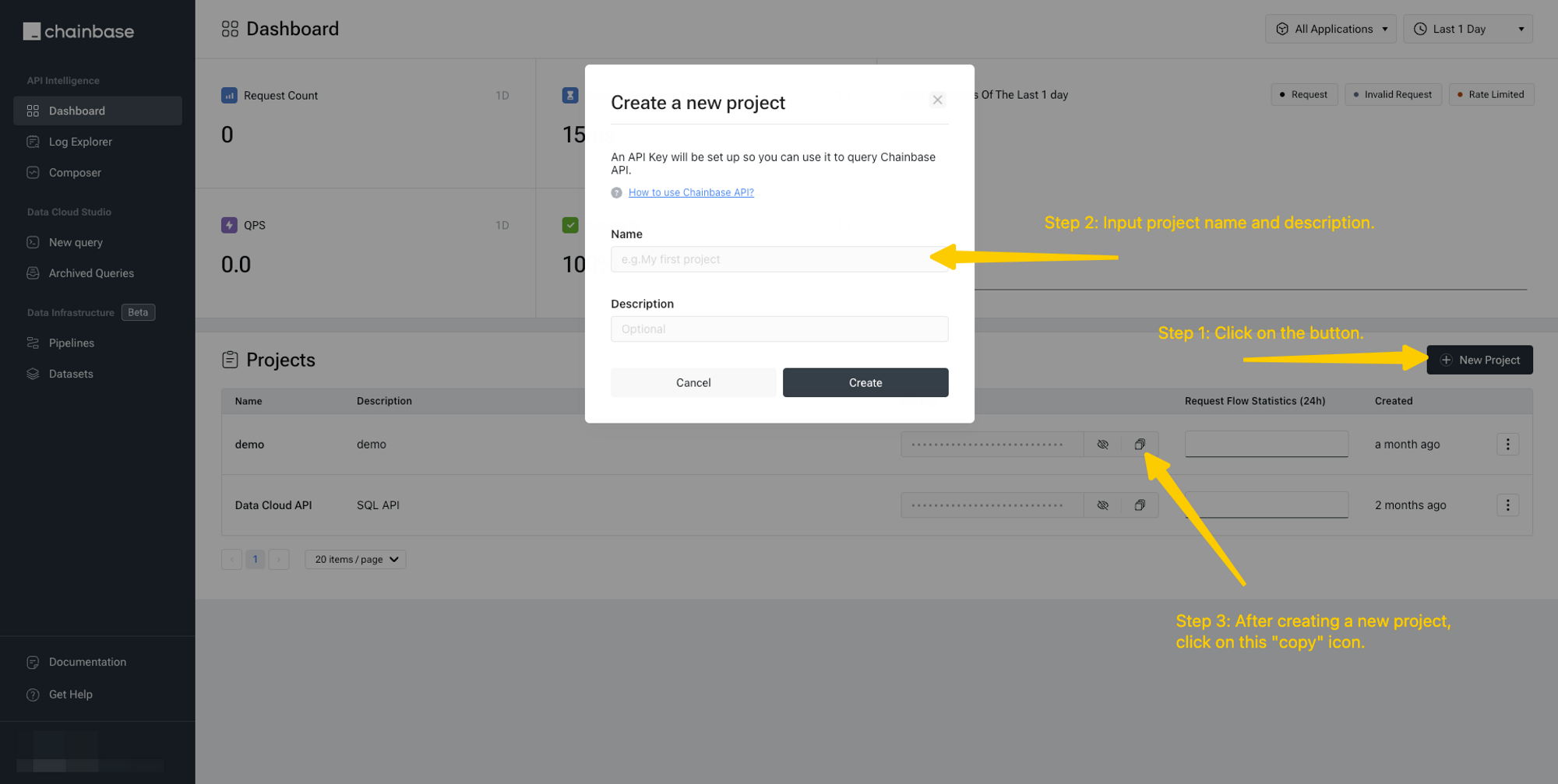[
{
block_number: 16892442,
block_timestamp: '2023-03-23T19:53:59Z',
from_address: '0x77e3e957082ca648c1c5b0f3e6aec00ab1245186',
log_index: 244,
operator_address: '',
to_address: '0xc58d63d59ad68930c9fdff6f1ac479c5c9941ef4',
token_id: '0x1719',
transaction_hash: '0xd4e351146e6bb87fc945bd334a98ab886473c6acdf52468ae69e35c3944b0c90',
transaction_index: 108,
value: '0'
},
{
block_number: 16892439,
block_timestamp: '2023-03-23T19:53:23Z',
from_address: '0xfbff2739978790aa7655fb1b75bb1811e347c1fd',
log_index: 229,
operator_address: '',
to_address: '0x77e3e957082ca648c1c5b0f3e6aec00ab1245186',
token_id: '0x1e72',
transaction_hash: '0x9b6f9c66adbdc0fd04c3e338bc35a076a8300d8dedfeb60f6110c8b0986f907f',
transaction_index: 99,
value: '0'
},
{
block_number: 16892256,
block_timestamp: '2023-03-23T19:16:23Z',
from_address: '0x23d01763c1d3f5f0e8f2302cb143a4d069c816b6',
log_index: 266,
operator_address: '',
to_address: '0x3b968d2d299b895a5fcf3bba7a64ad0f566e6f88',
token_id: '0x04ea',
transaction_hash: '0x01f8a9c333611a64b24fc29ba72c04e09c4582621b910b6c8829312fd5759a9e',
transaction_index: 133,
value: '0'
},
{
block_number: 16892256,
block_timestamp: '2023-03-23T19:16:23Z',
from_address: '0x3b968d2d299b895a5fcf3bba7a64ad0f566e6f88',
log_index: 274,
operator_address: '',
to_address: '0x70b97a0da65c15dfb0ffa02aee6fa36e507c2762',
token_id: '0x04ea',
transaction_hash: '0x01f8a9c333611a64b24fc29ba72c04e09c4582621b910b6c8829312fd5759a9e',
transaction_index: 133,
value: '0'
},
{
block_number: 16892256,
block_timestamp: '2023-03-23T19:16:23Z',
from_address: '0x70b97a0da65c15dfb0ffa02aee6fa36e507c2762',
log_index: 276,
operator_address: '',
to_address: '0x5f6ac80cdb9e87f3cfa6a90e5140b9a16a361d5c',
token_id: '0x04ea',
transaction_hash: '0x01f8a9c333611a64b24fc29ba72c04e09c4582621b910b6c8829312fd5759a9e',
transaction_index: 133,
value: '0'
}
]
